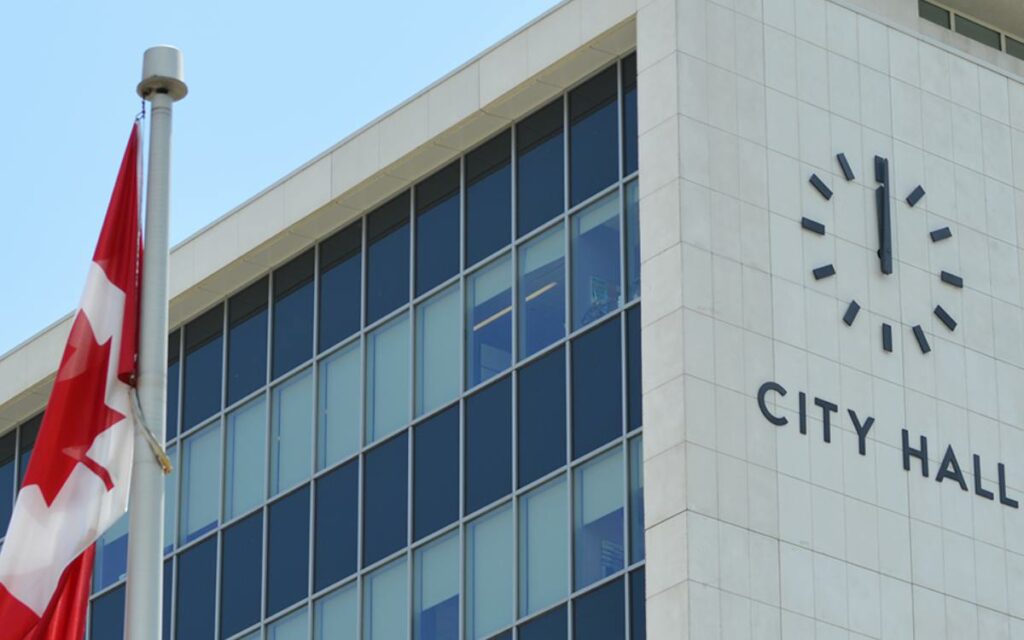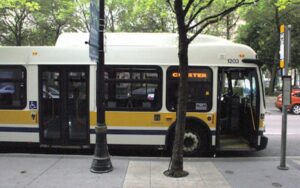
The uncosted priorities raise questions as to how much of the burden will be on taxpayers to fund the new goals. Photo credit: City of Hamilton
Hamilton city council recently agreed on naming three priorities for their four-year term which runs from November 15, 2022, to November 14, 2026.
The three priorities are:
- Sustainable economic and ecological development
- Safe and thriving neighbourhoods
- A working city hall and transparency in government
Added to those three priorities are nine “explicit outcomes” and 20 “measures of success.”
Horwath says that council set these priorities since they were elected to bring “change” to the city.
Horwath also wrote an op-ed in the Hamilton Spectator, marketing the “new set of priorities for Hamilton.”
She wrote that this is the “first time a council has begun its term by taking time to collectively set clear achievable priorities.”
However, Fred Eisenberger, who served as Hamilton’s mayor from 2006-2010 and 2014-2022, countered Horwath’s narrative, writing on Twitter that Horwath’s use of the phrasing “first ever” council priorities was false.
Eisenberger said that Horwath’s “council priorities” are the same as the “strategic plan” that council set every term when he was mayor.
He added that the strategic plans were always created by council just like Horwath’s priorities.
Additionally, one issue that has been identified by councillors and city hall watchers is that the priorities are not costed, raising questions as to how much of the burden will be on taxpayers to fund the new goals.
Hamilton taxpayers already faced a 5.8 per cent tax increase for 2023, one of the largest tax increases since the municipality was amalgamated in 2001.
Given these priorities, political pundits estimate that taxpayers will continue to see significant tax increases in subsequent years.
Many of the three priorities also include accelerating previous long-term council objectives, which may not even be attainable.
For example, the priorities include the goal of reducing Hamilton’s corporate greenhouse gas emissions by 55 per cent by 2026 (from the 2005 baseline). The city’s previous climate change goal was to reduce greenhouse gas emissions by 50 per cent by 2030 (from the 2005 baseline).
Additionally, another climate change priority includes increasing bike lane/bike path installation from the current 15 kilometres per year to 40 kilometres per year.
Despite the issues, the motion for these priorities passed unanimously in a 15-0 vote at a special council meeting.
A city press release says that these priorities were chosen by Council “as critical areas in which to focus additional time, resources and discretionary budget.”
The city hired an outside consultant, Anil Gupta, to facilitate council discussions and help formulate the council priorities. It’s unclear how much Gupta’s services cost the city.
Some of the additional 20 measures of success include:
- Increasing new commercial and industrial construction by 1.4 million square feet and $500 million in construction value per year
- Approving 20,000 new housing units by 2026, with 10 per cent being affordable housing
- Increasing urban tree canopy coverage by two per cent by 2026
- Reducing the number of homeless individuals by 30 per cent
- Reducing employee turnover
- Improving public engagement
But while the city also says that one of its goals is also to “reduce the tax burden on homeowners,” it remains to be seen exactly how that will be possible with significantly accelerated targets and no costed plan.

Based in Hamilton, he reaches hundreds of thousands of people monthly on Facebook, Instagram, TikTok, and Twitter. He has been published in The Hamilton Spectator, Stoney Creek News, and Bay Observer. He has also been a segment host with Cable 14 Hamilton. In 2017, he received the Chancellor Full Tuition Scholarship from the University of Ottawa (BA, 2022). He has also received the Governor General’s Academic Medal. He formerly worked in a non-partisan role on Parliament Hill in Ottawa.


















